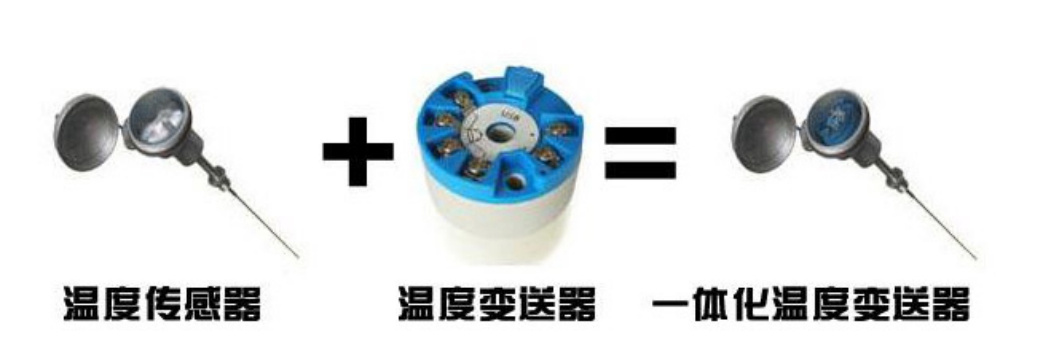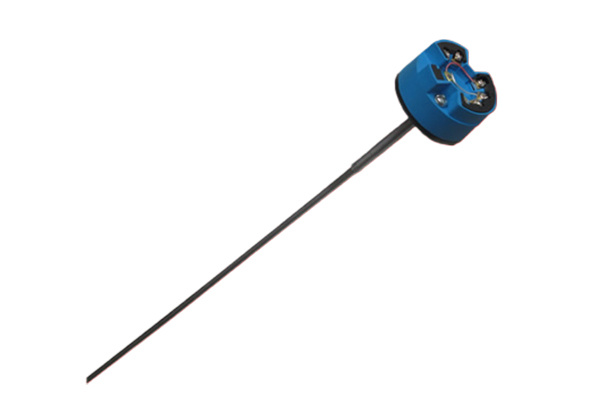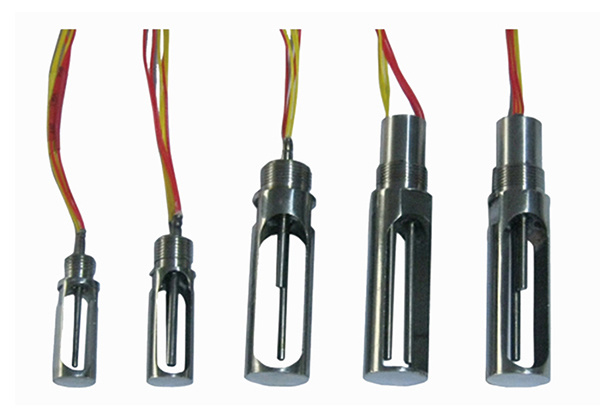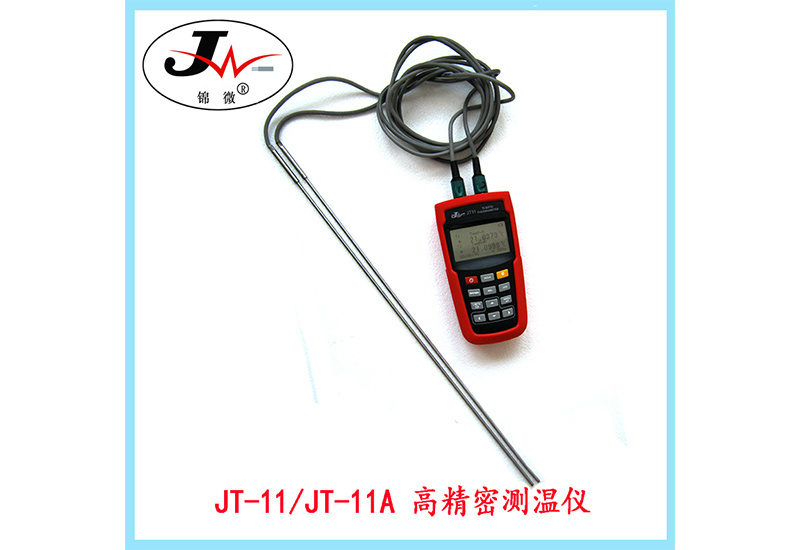Accuracy of integrated intelligent temperature transmitter
Classification:
Keywords: Accuracy of integrated intelligent temperature transmitter
E-mail:
Product Description
The above discussion is the accuracy of the transmitter itself, but in actual use, the transmitter should be used as a whole with the sensor, and the sensor itself has manufacturing errors, so the total accuracy = the accuracy of the transmitter itself + the accuracy of the sensor. For example, the error of Class A PT100 is 0.15 ℃ at 0 ℃ and 0.4 ℃ at 100 ℃. If the total digital accuracy of the transmitter itself is 0.05 ℃, the total digital accuracy of the integrated transmitter is between 0.2 and 0.45 ℃. This is for general smart transmitters. The advanced smart transmitter can correct the error of the sensor, that is, the sensor matching function. The overall accuracy can be improved by more than 60% or even infinitely close to the digital accuracy of the transmitter itself. This makes the transmitter "not picky" sensor, that is, no matter how low the sensor accuracy level, can achieve high-precision measurement, can save a lot of cost. When using this function, the requirements for the operator and the operating equipment used are very high.
"Zero temperature drift" intelligent integrated temperature transmitter
"Zero temperature drift" high precision intelligent integrated temperature transmitter (invention patent number: CN 201310655974.9) implementation standard "JWTB01-2014" is higher than "JJG (oil) 31-94" and "JJF1183-2007" agreed all indicators.
The difference between the "zero temperature drift" intelligent integrated temperature transmitter and other manufacturers' products is that it can correct the temperature drift error, match with the sensor and give the maximum error of the full range and all elements. The total factor refers to the overall final maximum error including the sensor error of the thermocouple or platinum resistance, the temperature compensation element error, the temperature drift error of the transmitter electronic circuit and the error of the transmitter itself, that is, the maximum error finally obtained when the user uses it.
The "zero temperature drift" intelligent integrated temperature transmitter measures its own temperature in real time and corrects the temperature drift that occurs. The measured value can be compared with the internal extremely stable reference element to calibrate the measured value; It can be directly matched with the thermal resistance element to realize ultra-high precision measurement. The patented non-standard thermocouple calculation model is embedded to overcome the problem of inaccurate compensation of non-standard thermocouple and realize precise matching to achieve the purpose of high precision and wide range measurement.
Example 1: regular integrated temperature transmitter, 0~600 ℃ range, working environment temperature -30~80 ℃, Class I K thermocouple sensor. Maximum error of thermocouple: 0.4 × 600=2.4 ℃; Transmitter accuracy is 0.1, error is 0.1 × 600=0.6 ℃; The cold end compensation error is generally 1 ℃ given by the manufacturer. The temperature drift error is 0.0025 FS/℃ (produced by a better manufacturer). Compare the measurement data with an ambient temperature of 40 ℃ with that at 0 ℃, A temperature drift error of 0.0025 × 40 × 600=0.6 ℃ can be obtained. Of course, if the temperature range is widened or a transmitter with a larger temperature coefficient is used, the temperature drift error will be larger. So the conclusion is:
Total error = (2.4+0.6+1+0.6) = 4.6 ℃, converted to percentage 4.6 / 600 × 100% = 0.77
Example 2: regular integrated temperature transmitter, 0~200 ℃ range, working environment -30~80 ℃, Class A PT100 sensor. The maximum error of PT100 is 0.55 ℃; Transmitter accuracy is 0.2, error is 0.2 × 200=0.4 ℃; Temperature drift error is 0.0025 FS/℃ (produced by a better manufacturer). Comparing the measurement data with ambient temperature of 40 ℃ and 0 ℃, a temperature drift error of 0.0025 × 40 × 600=0.6 ℃ can be obtained, of course, widening the temperature range or using a transmitter with a larger temperature coefficient will result in a larger temperature drift error. So the conclusion is:
Total error = ±(0.55+0.4+0.2) = ± 1.15 ℃, converted into percentage of ± 1.15 / 200 × 100% = 0.575;
Through the above two examples, it can be seen that after the integrated temperature transmitter is connected to the sensor, the accuracy obtained by the actual end user is far from the accuracy of the original design, because the error of the sensor and the influence of temperature drift are not considered. To reduce this error, it is necessary to require the transmitter to be able to fully suppress the influence of temperature drift, and to match with the sensor, reduce or even eliminate the manufacturing error of the sensor.

More products
Online Message
Leave your phone number and we will contact you as soon as possible










